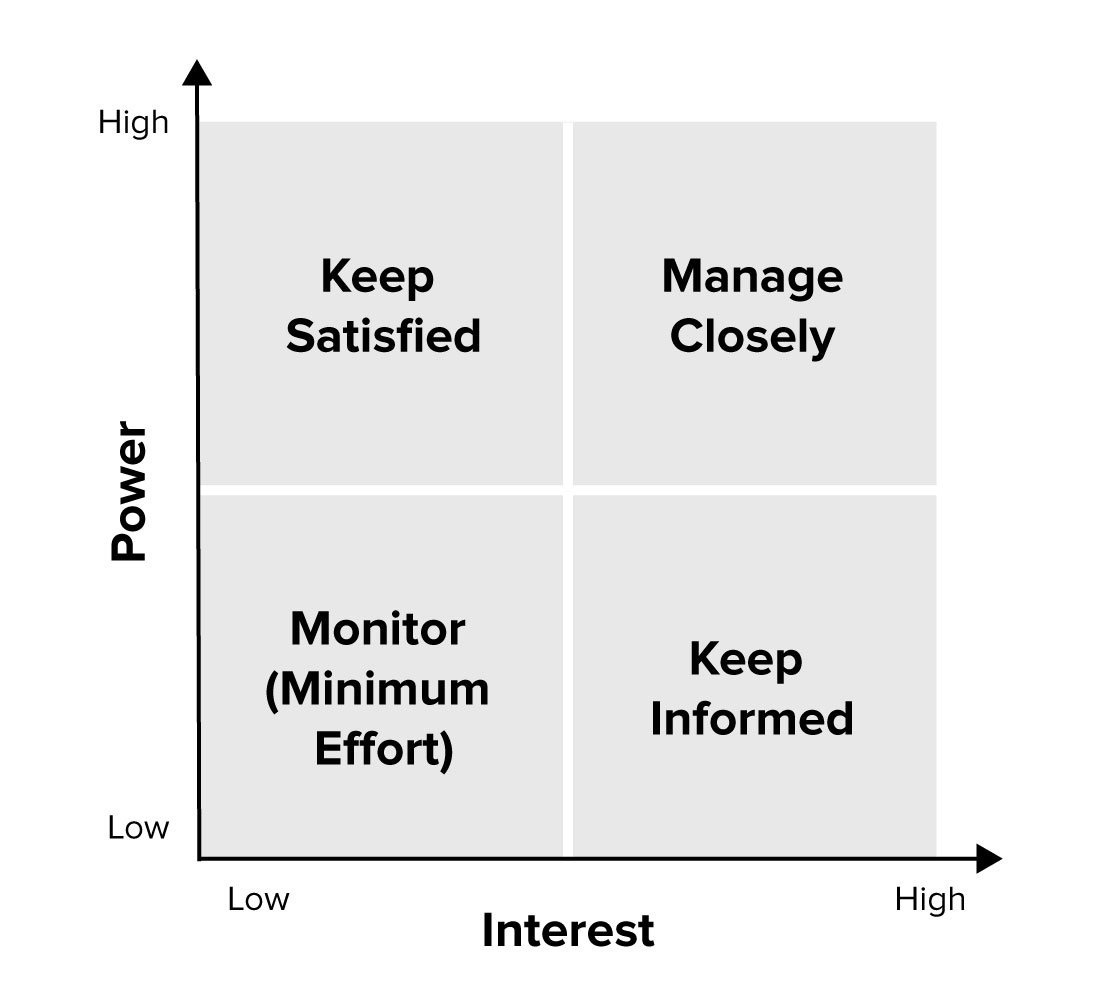In my previous post on key things to consider in the mobilisation phase I talked about the importance of effective stakeholder analysis and engagement in creating a great IT Strategy. In this post, we’ll delve a little further into Stakeholder analysis and engagement.
Who?
Spend some time brainstorming/post-it noting who your stakeholders are. It is worth keeping some questions in mind to make sure you cover all bases, good questions to ask yourself are:
- What are the key functions/processes of the business?
- Who is accountable for the success of each of the above and how are they going to impact or be impacted by the IT Strategy?
- Who is going to be impacted, positively or negatively by the IT Strategy?
- Who can either enable or obstruct your IT strategy creation effort and/or your IT Strategy?
- Who do you stakeholders refer and/or defer to e.g. “oh you should speak to X about that she’s all over that area” or “i’m not sure, Y will know”
- Imagine a future scenario where your IT Strategy has gone to sh*t, who is likely to have contributed to it going wrong?
- Who controls the money?
It is also useful thinking about abstract groups of stakeholders
- Who are the customers of the IT Strategy?
- Who outside the organisation will enable/obstruct the IT Strategy? (e.g. Suppliers)
- Who is actually going to do the doing?
- Who is going to manage the delivery of the IT Strategy?
- Who are the people with the most power in the organisation?
You can’t beat a good old Matrix
Once you’ve got what you think is a complete list of stakeholders, plot them on a power vs interest grid.

As i mentioned in my last post the most important thing here is to realise that your initial analysis will have errors and you should revisit this analysis after every single stakeholder engagement. As soon as you talk to people you’ll learn a) about more stakeholders and b) learn more about their real power and interest.
Strategy
Once you’ve placed the stakeholders on the grid you need to put together a plan (aligned with your communications plan) on how to ensure your stakeholders are effectively kept satisfied, monitored, managed or kept informed.
Rapport
It is really worth taking the time up front to think about and reflect on how you intend to build and maintain rapport with your key stakeholders. I absolutely don’t mean this in a manipulative or Machiavellian way, this is just about a) giving yourself some time to put yourself in your stakeholder’s place and b) increasing both your chance of success in developing and delivering a great IT Strategy, but also increasing the chance that it actually delivers for your stakeholders. Fully engaged and bought in stakeholders give more to you and share more with you, so you’ll be more likely to create a strategy that addresses their needs.
There are 5 key components to Rapport (cribbed from Lancer, Clutterbuck, Megginson’s Techniques for coaching and mentoring):
- Trust: which can be built through a combination of openness and confidentiality
- Focus: demonstrating attentiveness and listening
- Empathy: demonstrating understanding and consideration of the other person’s perspective
- Congruence: Setting and living the expectations of the relationship
- Empowerment: Building a relationship that frees up both sides
Summary
In this post we’ve covered a bit more detail around some tips on stakeholders and talked about how to identify them, plan to manage them and ensure you engage with them effectively so that you can create a great IT Strategy that meets their needs.
Course
Just a brief update on the course. Work is continuing on the ‘How to IT Strategy’ course. You can head over to Howtoitstrategy.com now to register your interest and let me know what areas and/questions you’d like covered or answered in the course.
